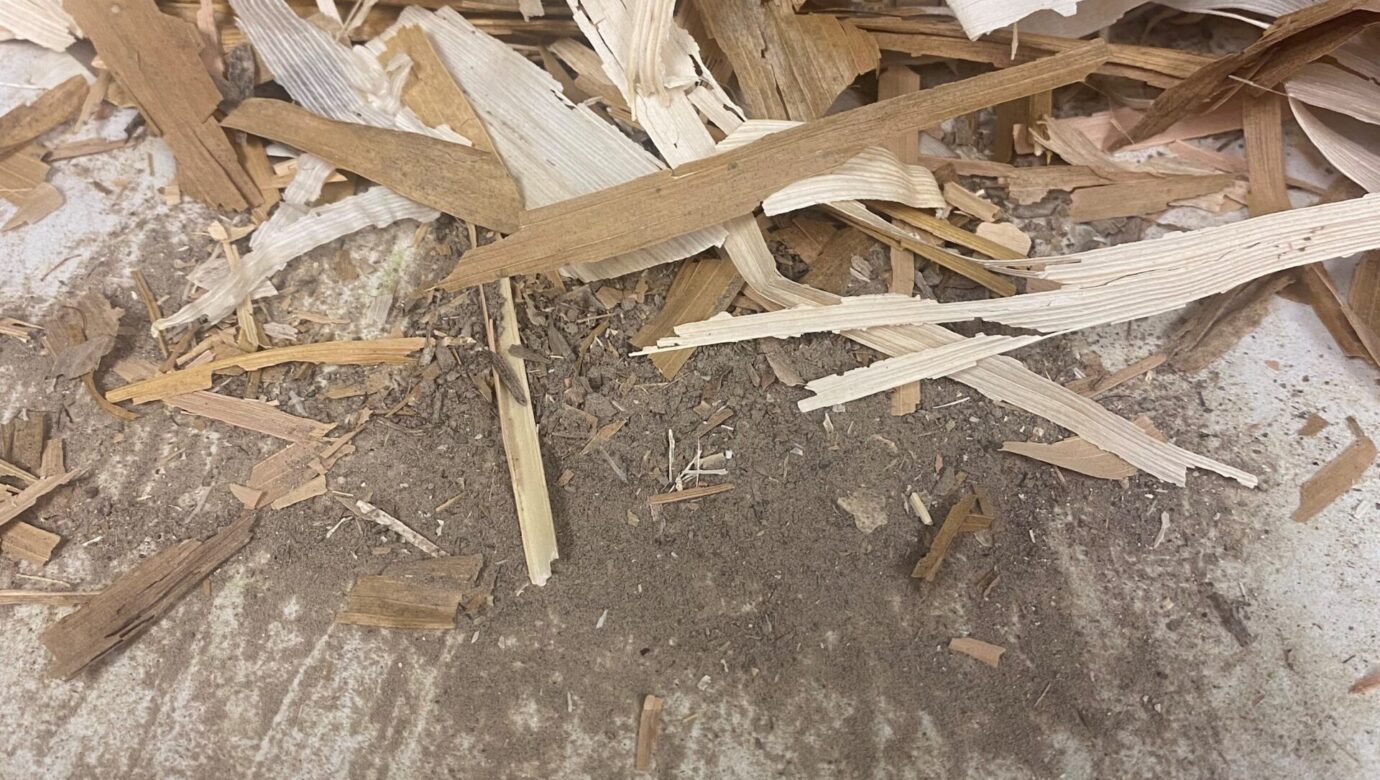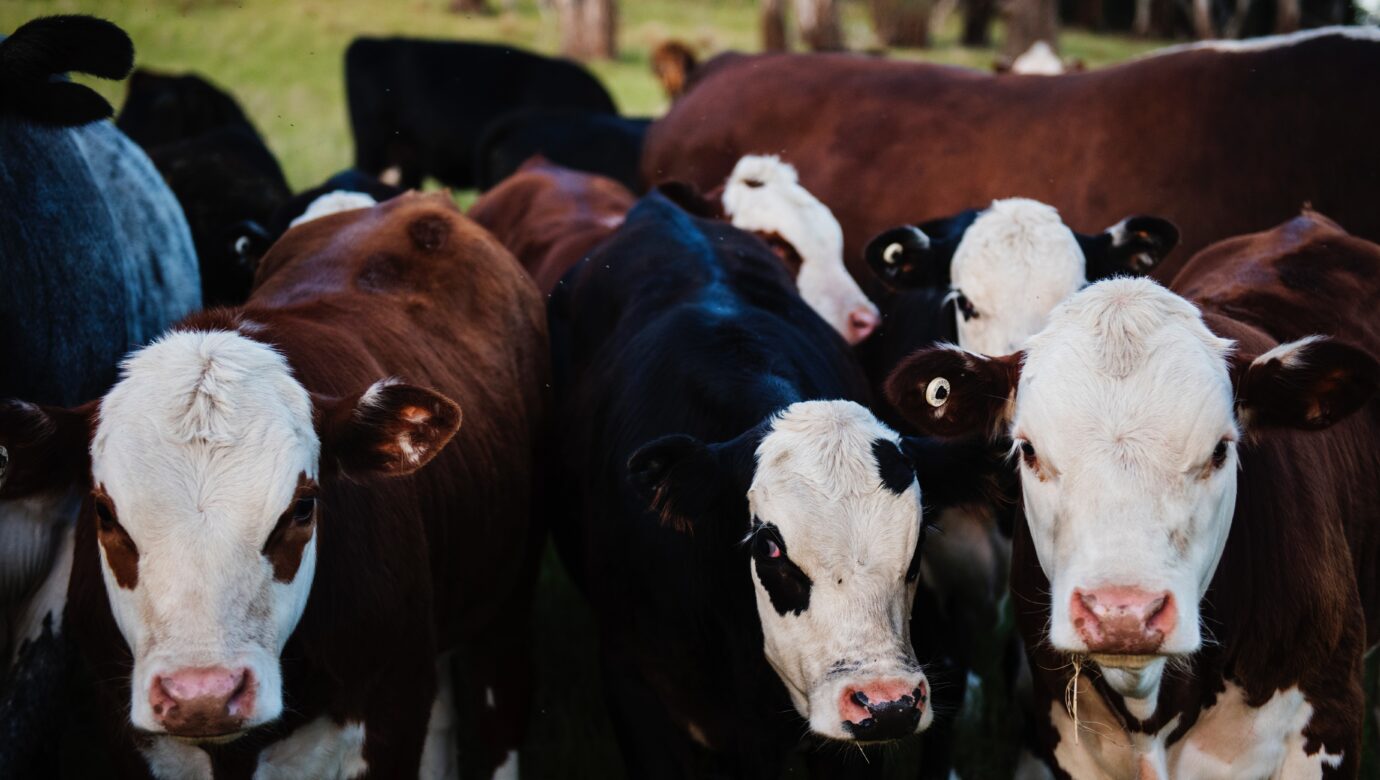
Is soil contamination an issue in your hay?
Over the past week, I spent some extra time in our sample prep department. I saw a lot of samples with a lot of dirt. This coincided with several phone calls from forage producers wondering why their relative forage quality [...]


